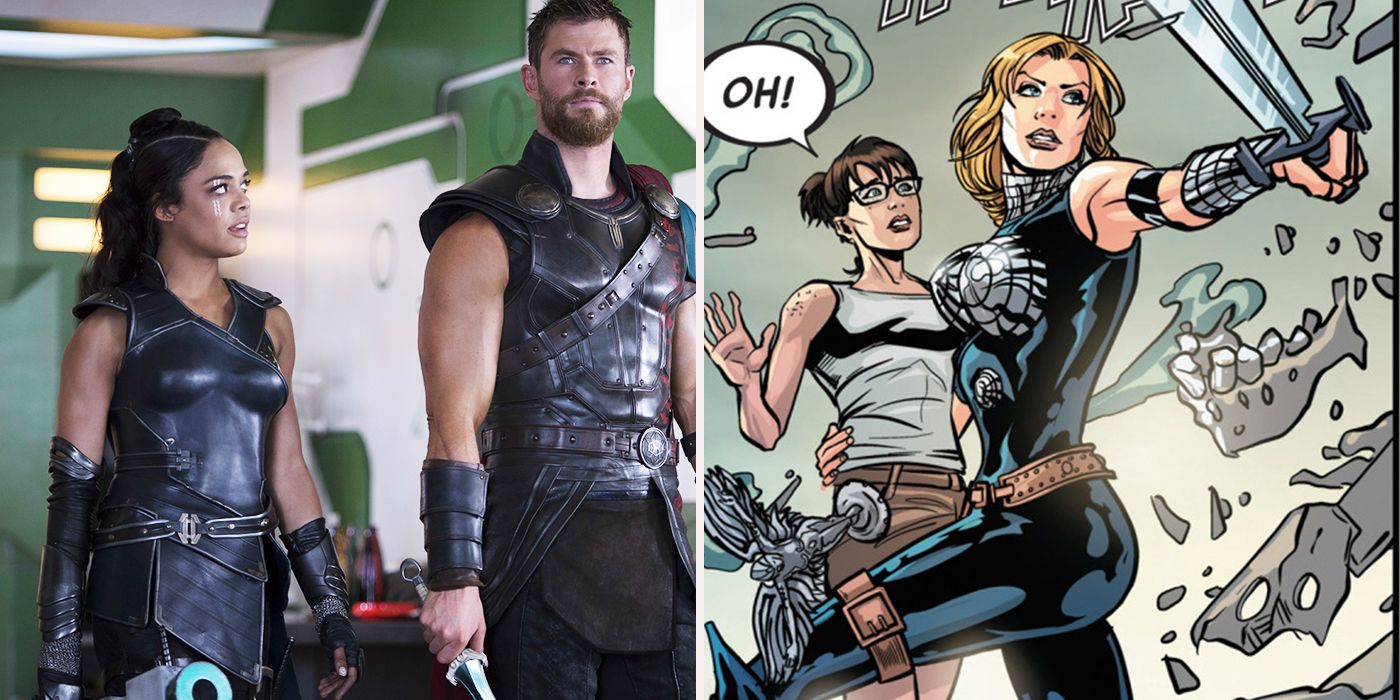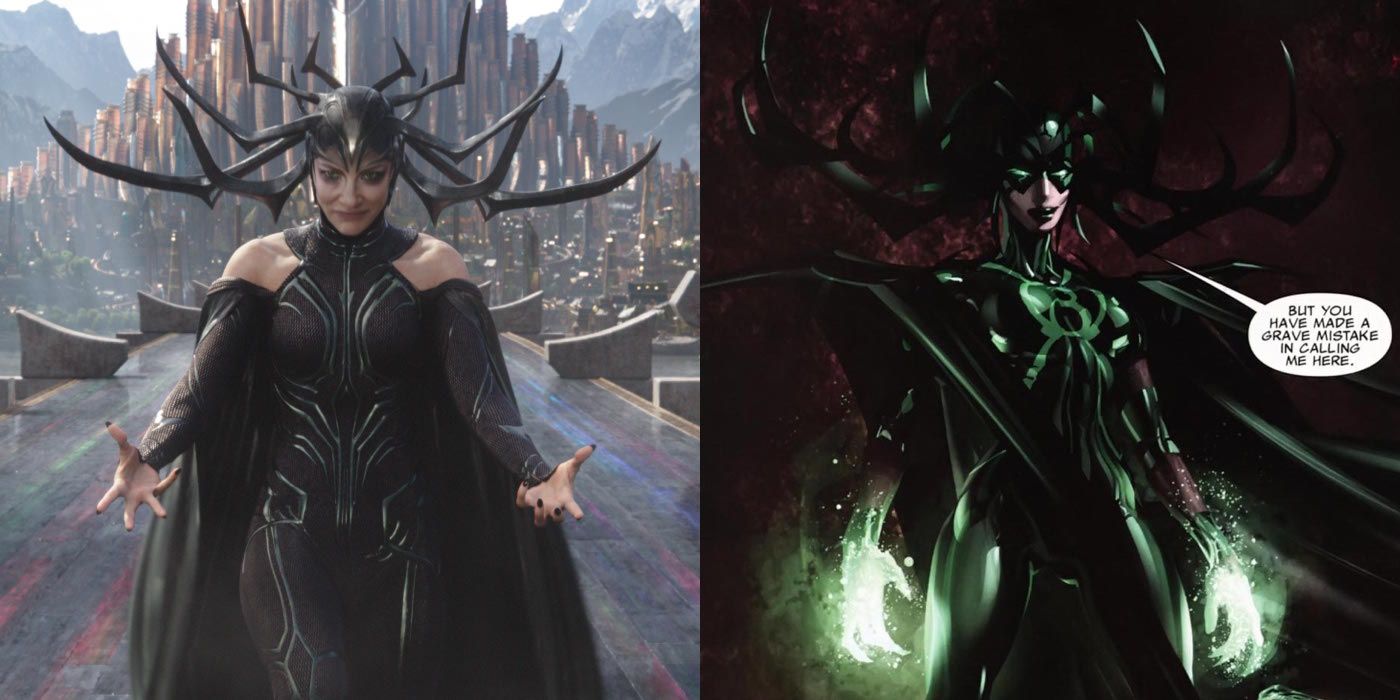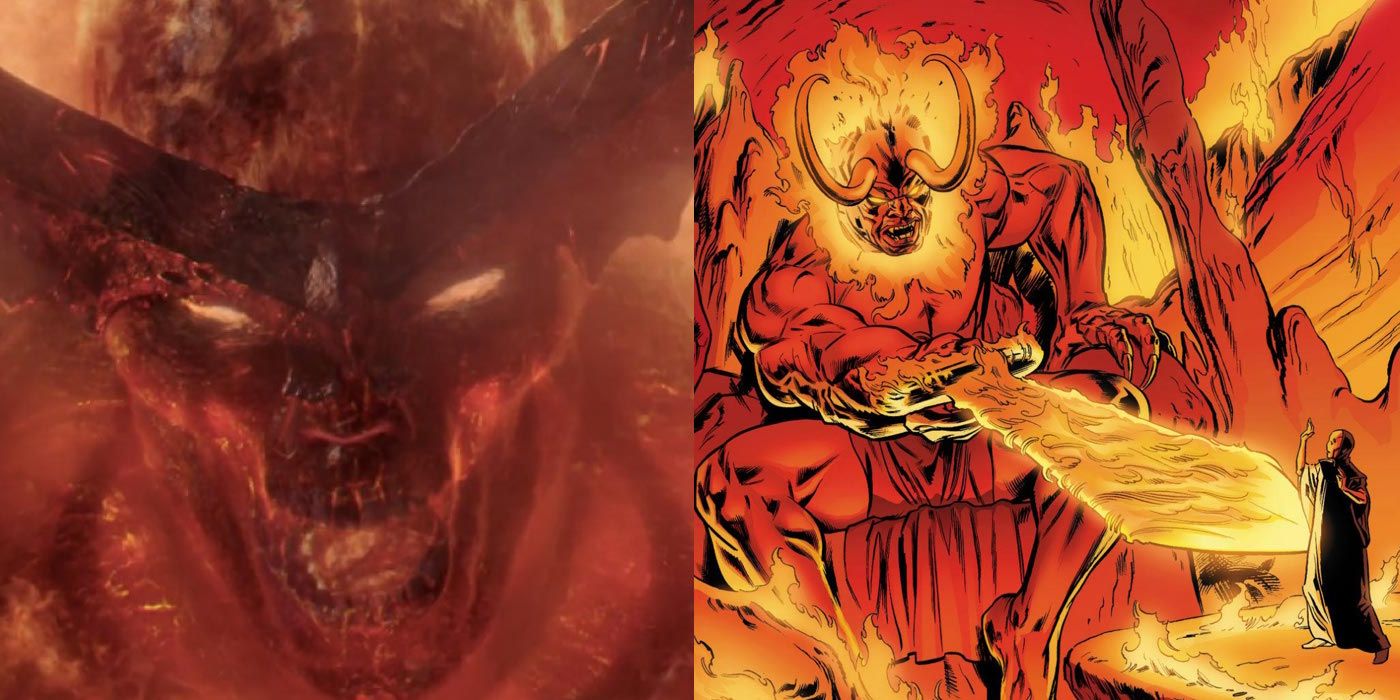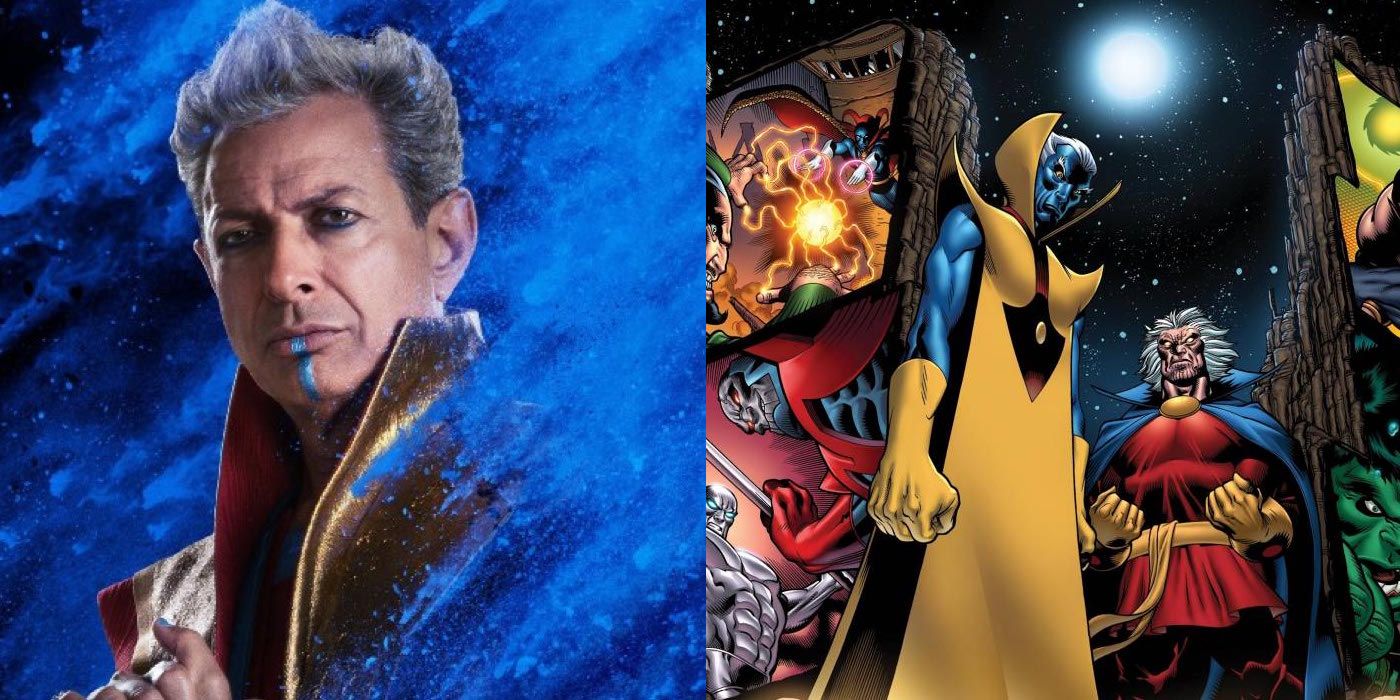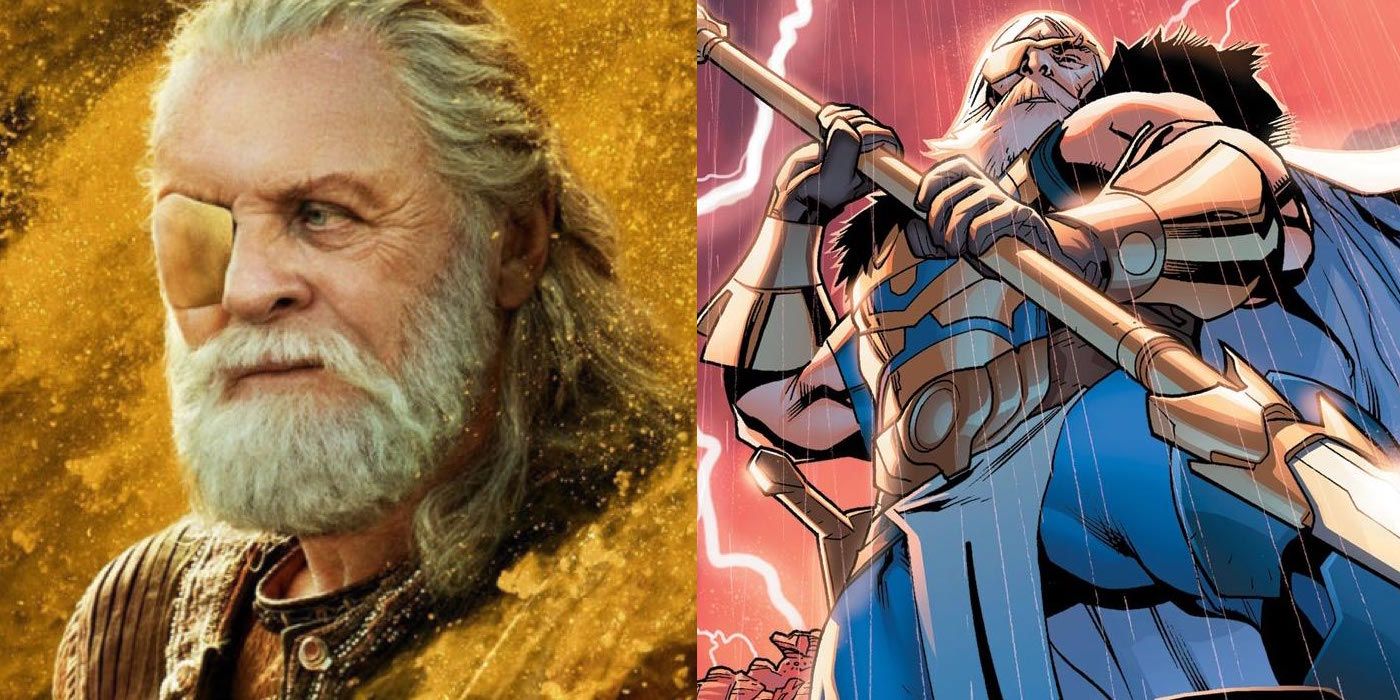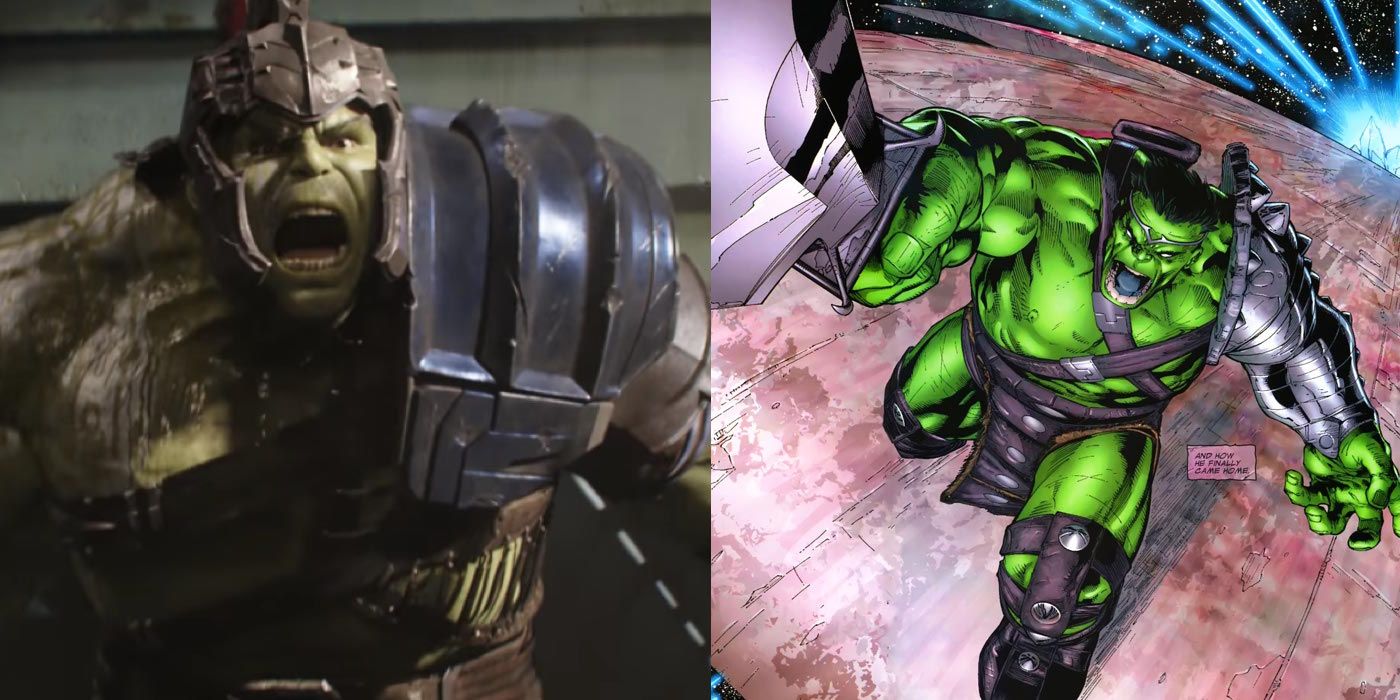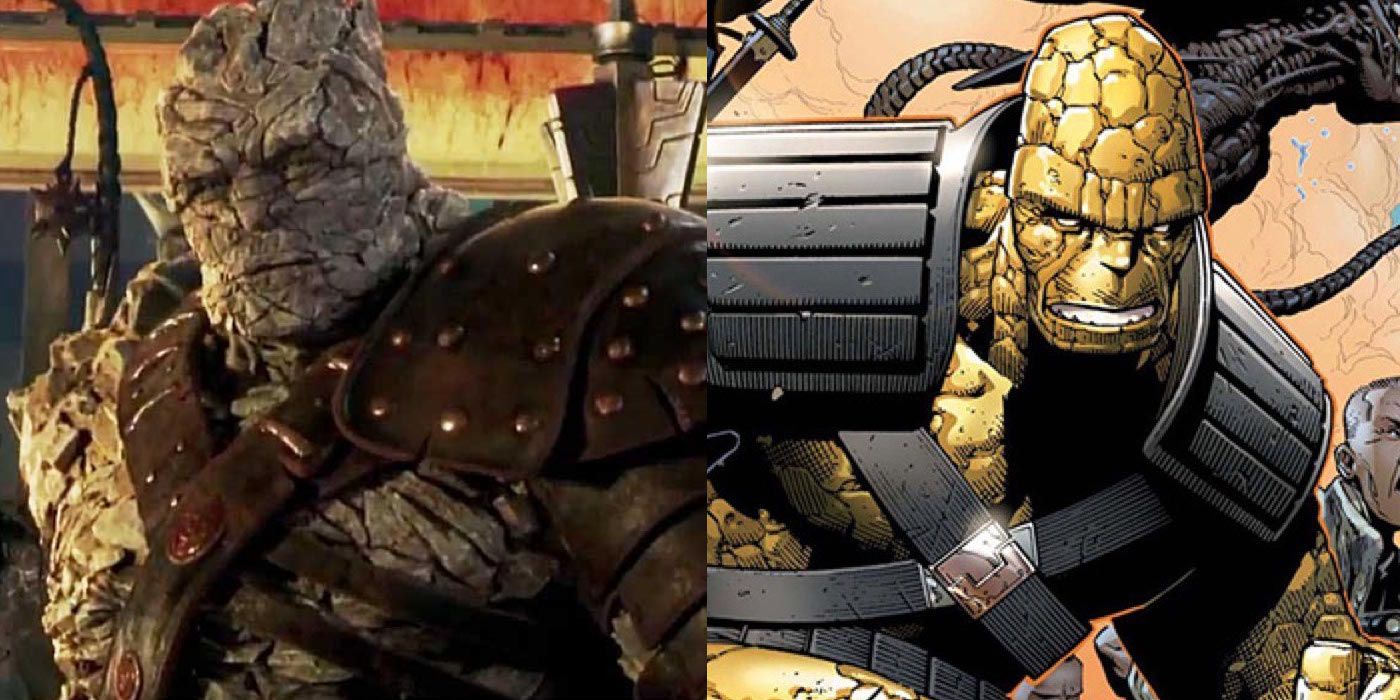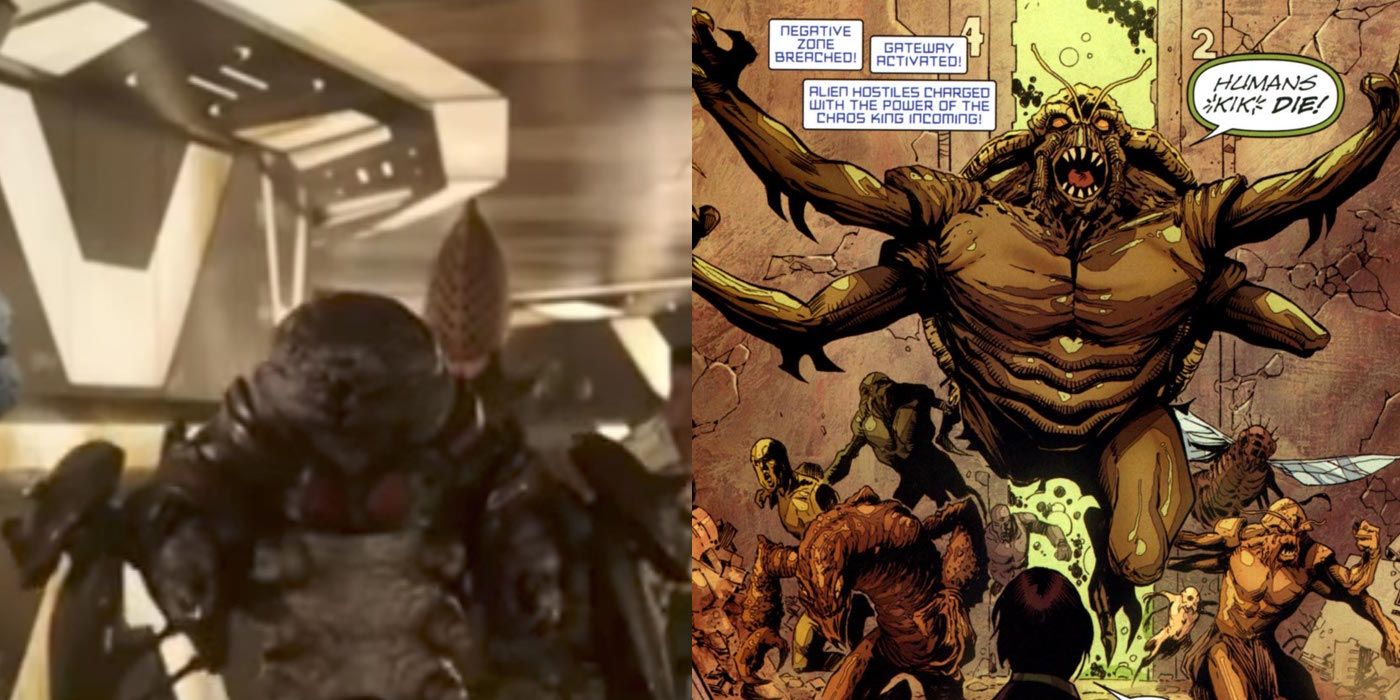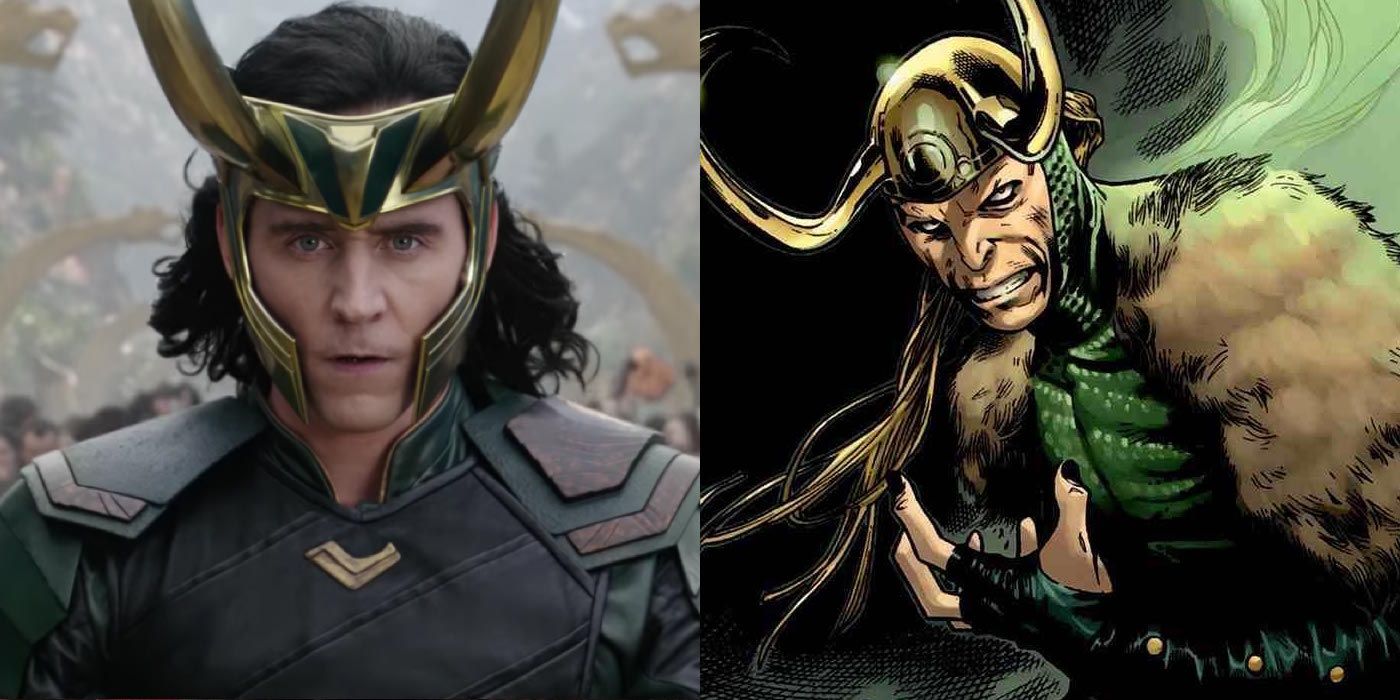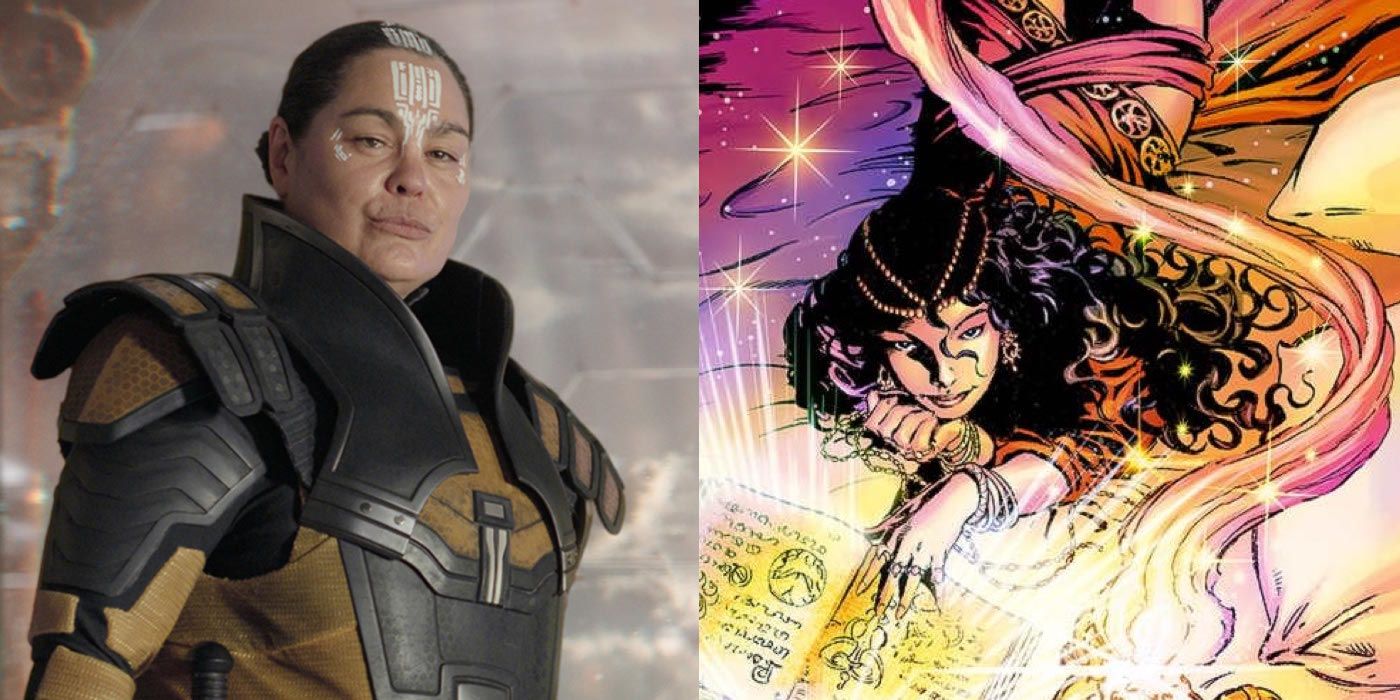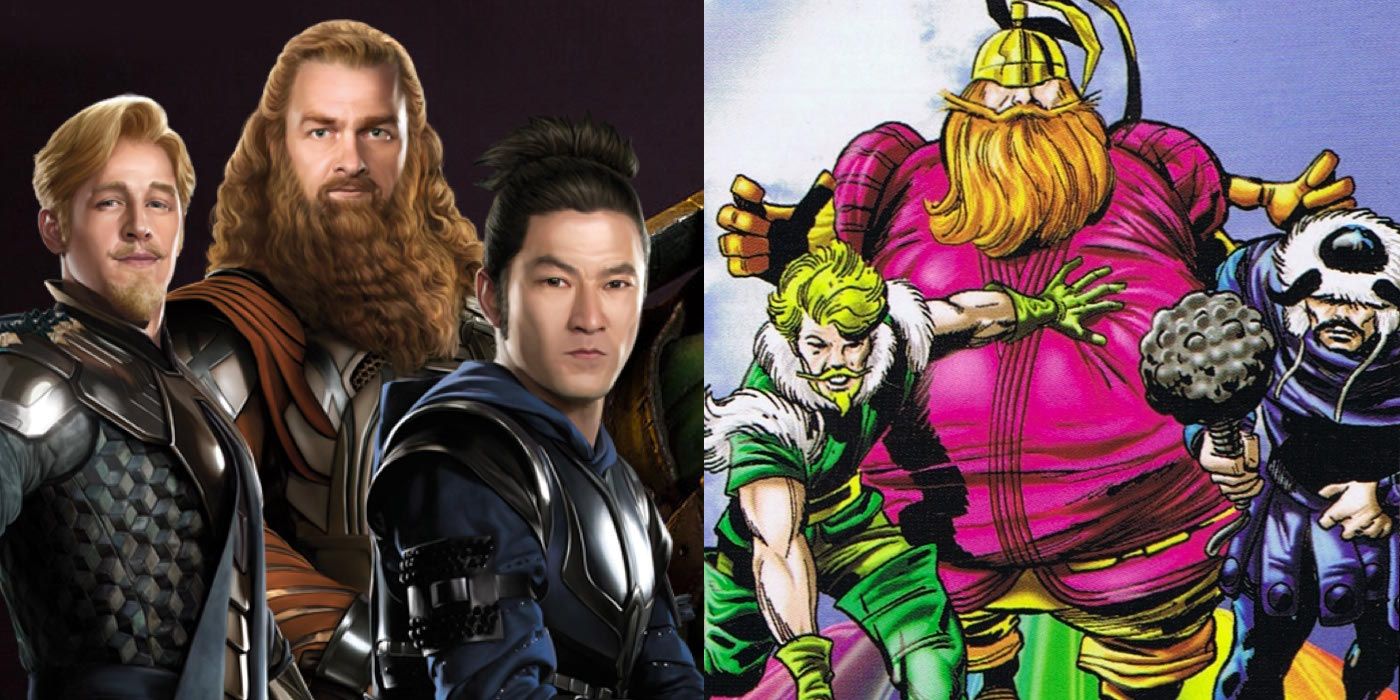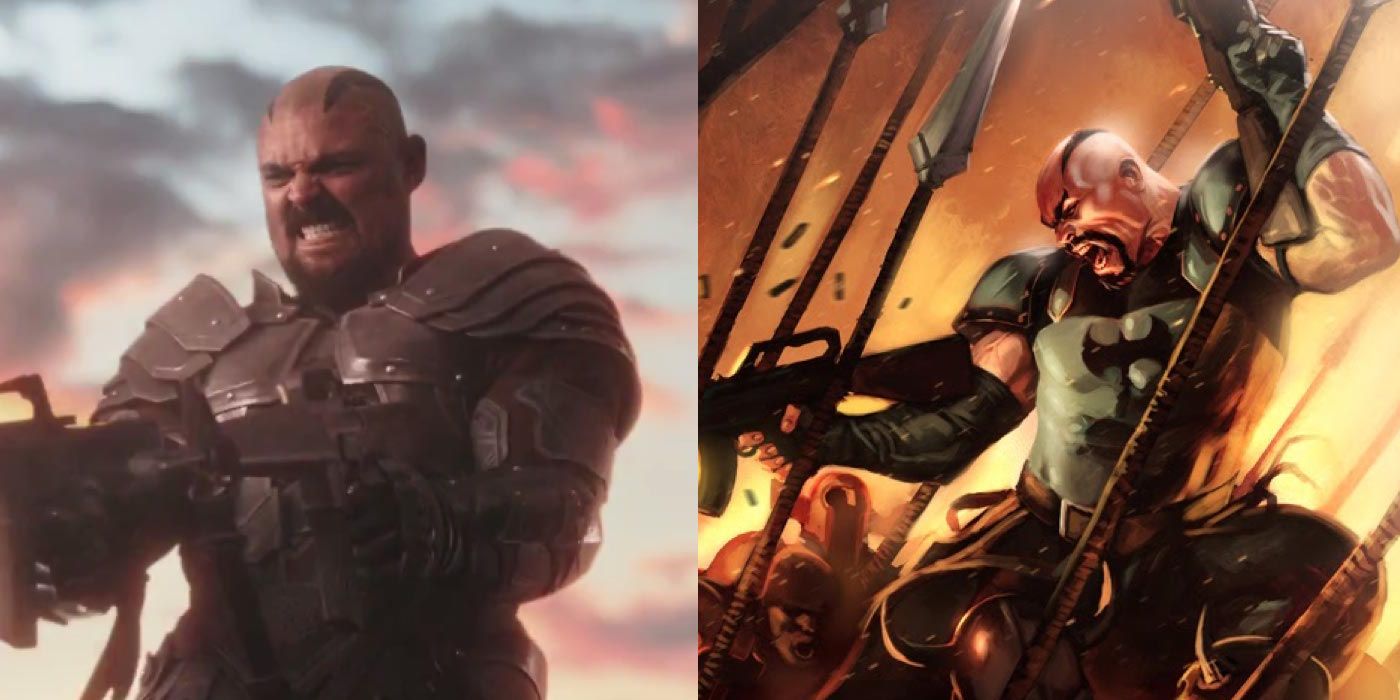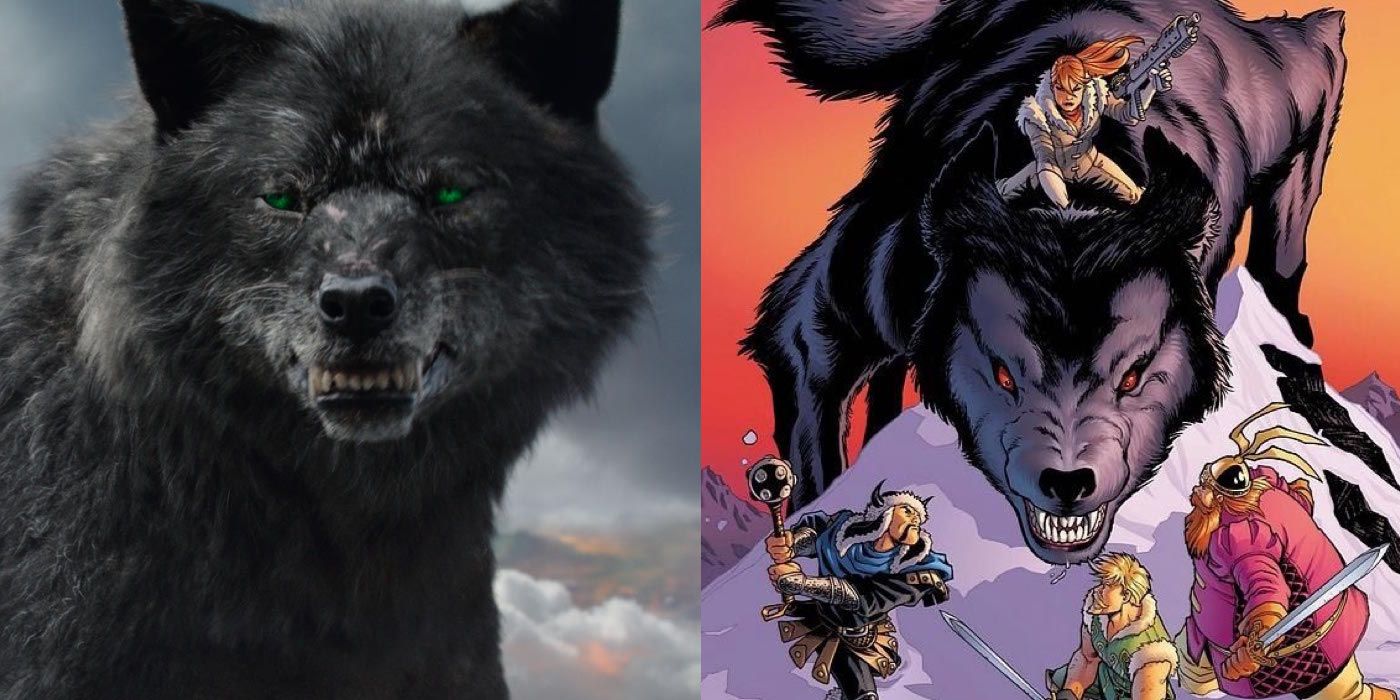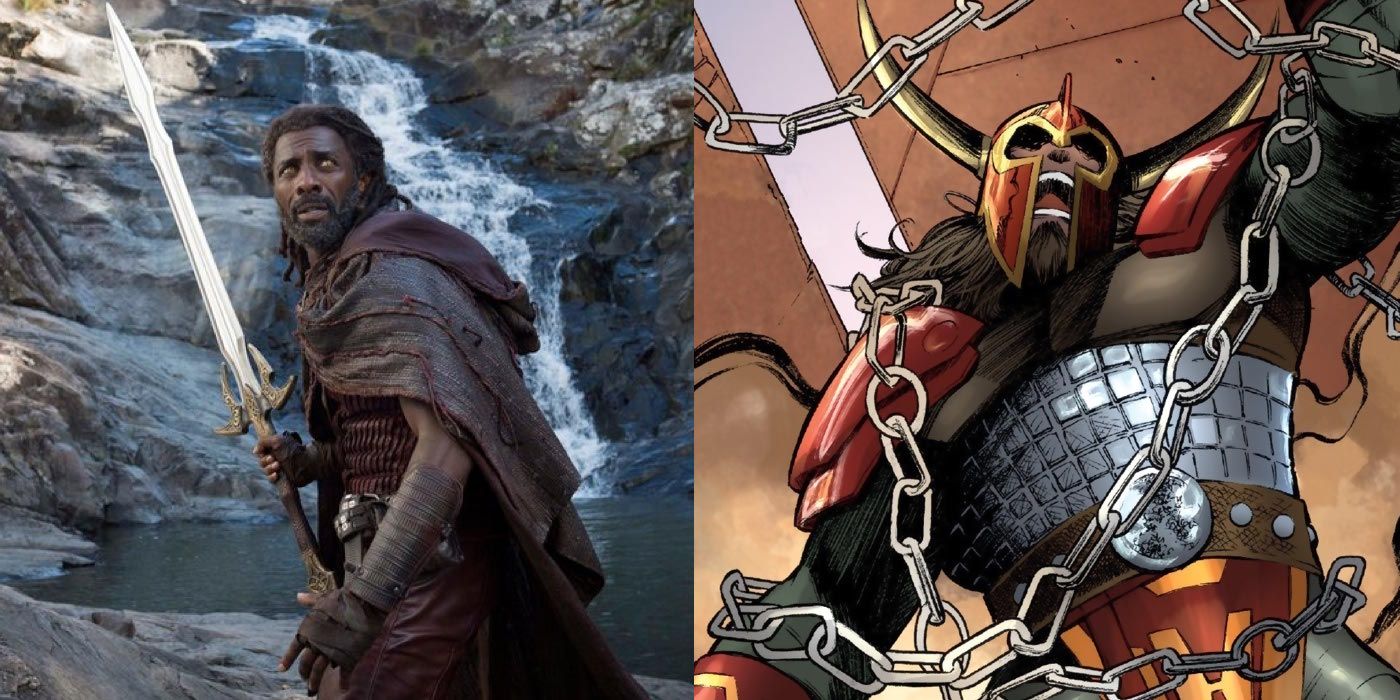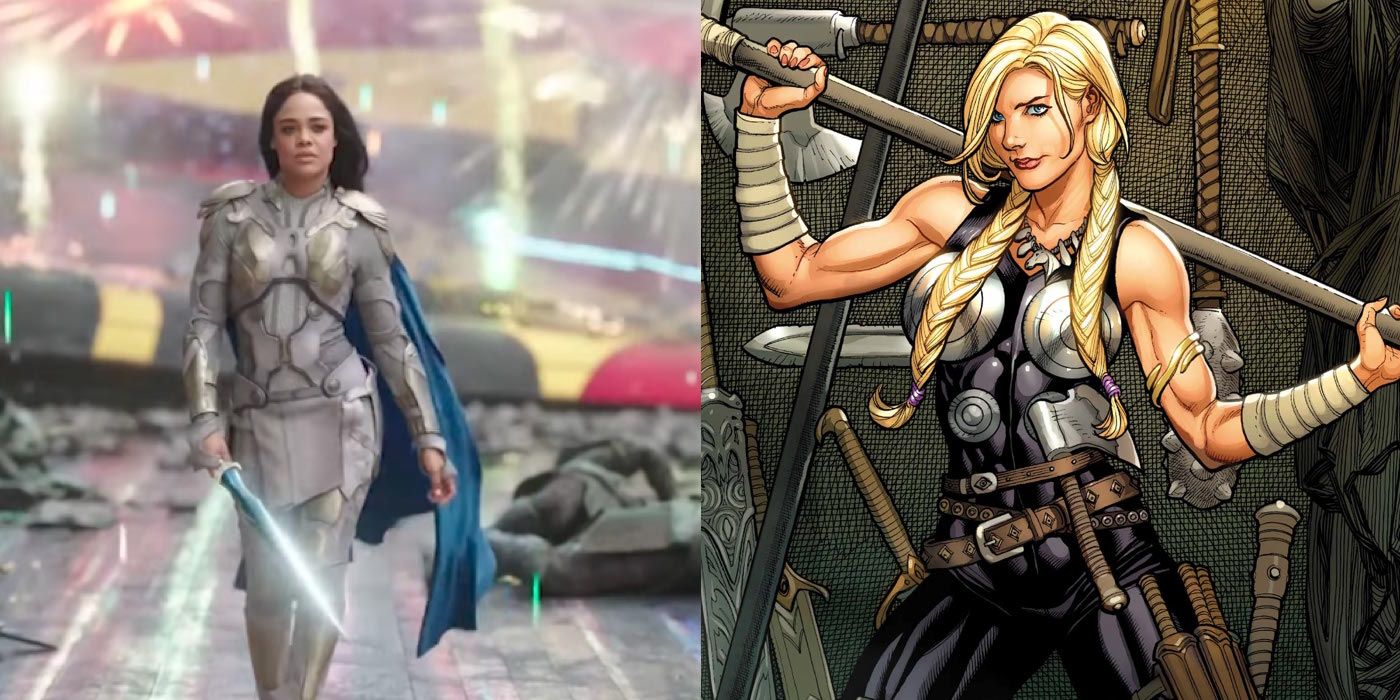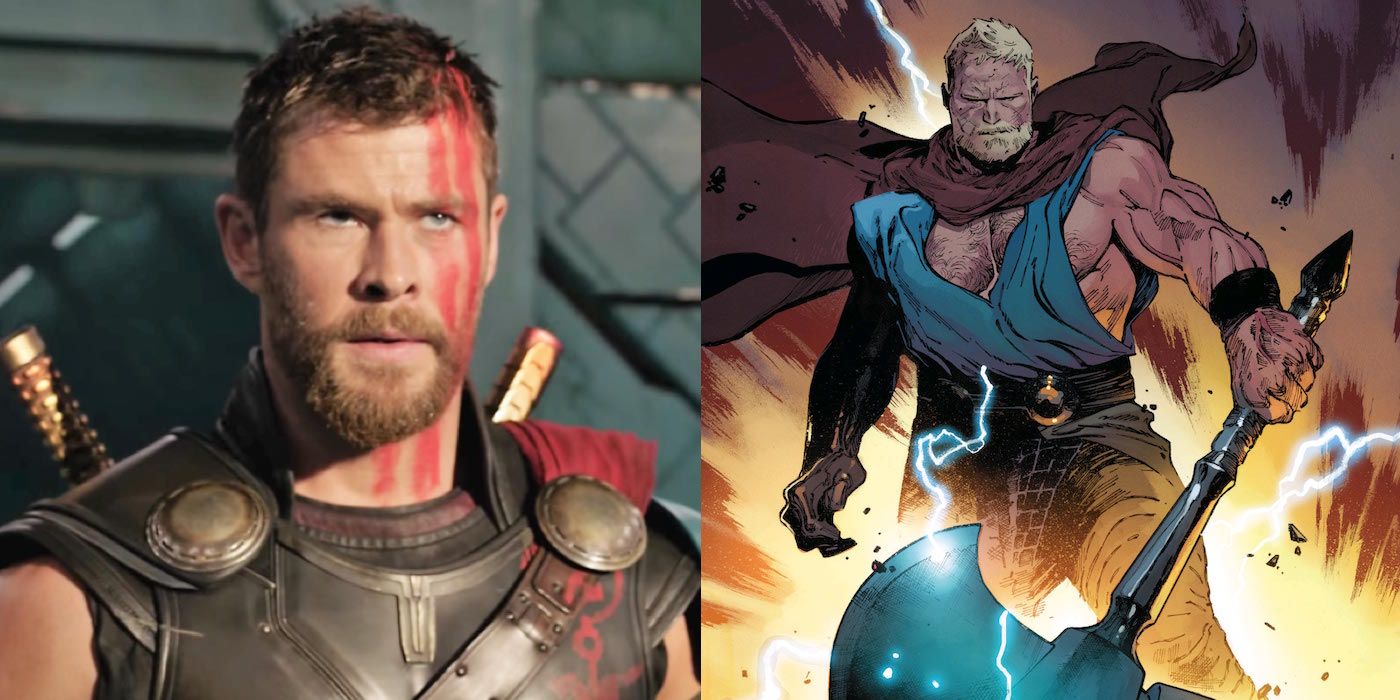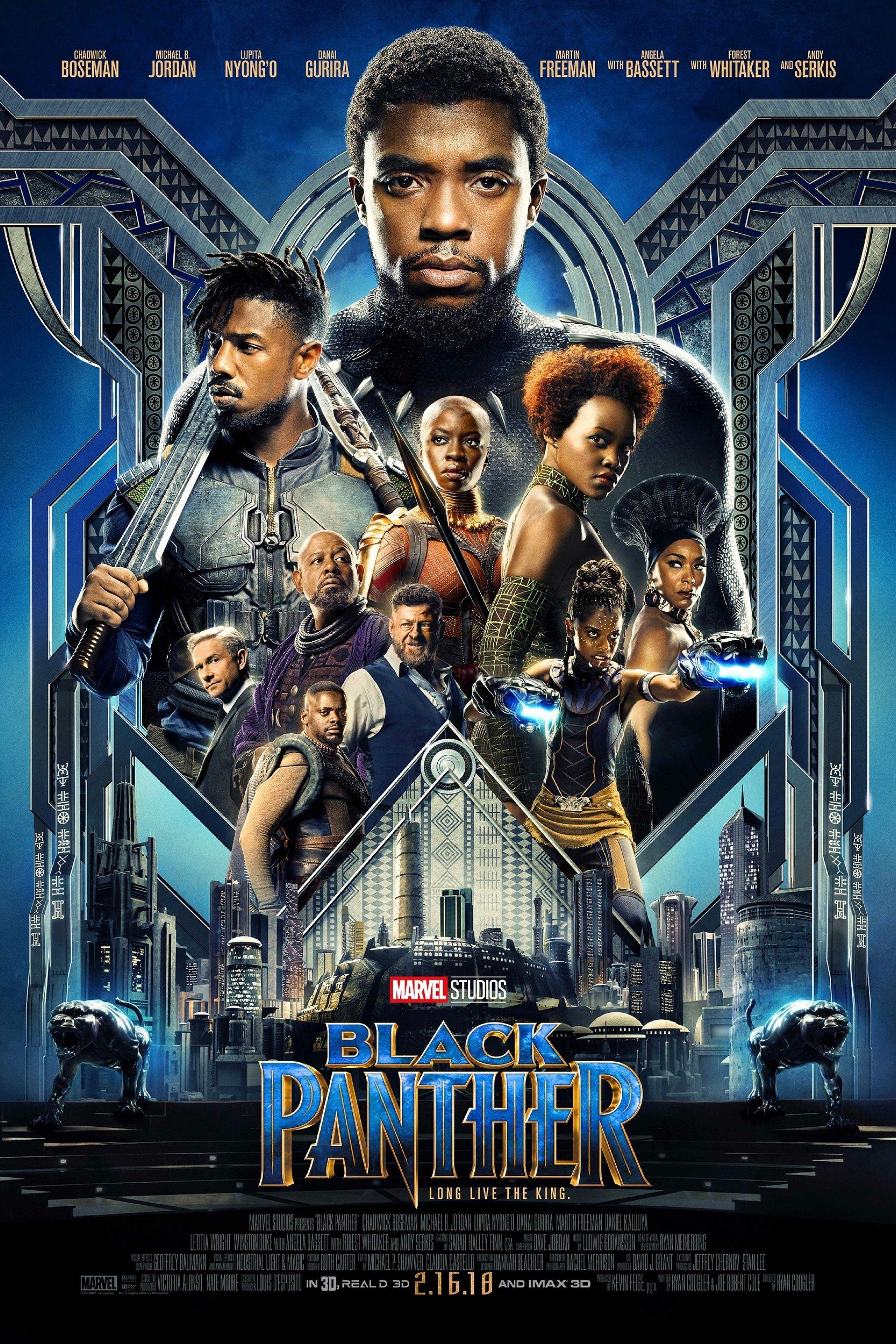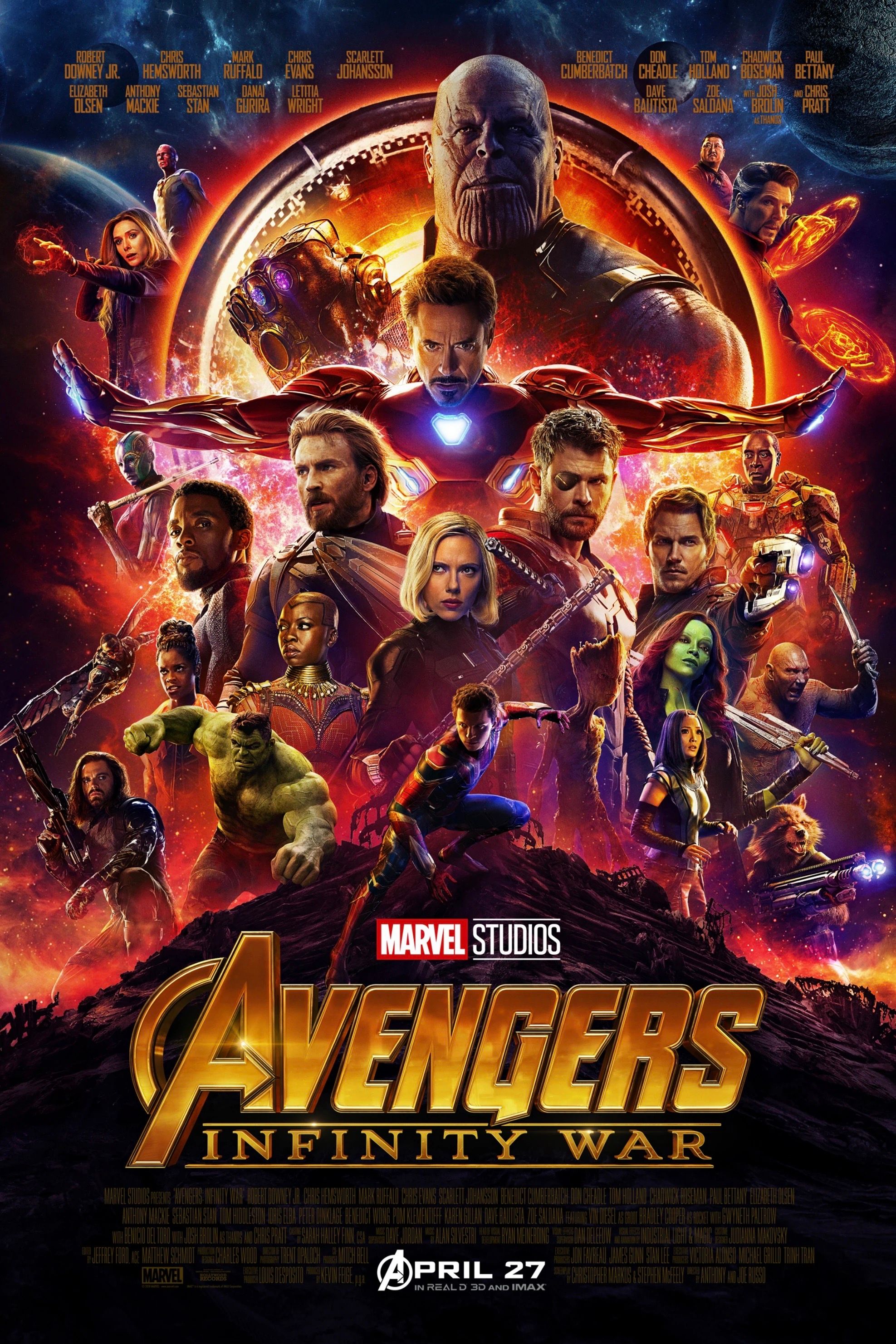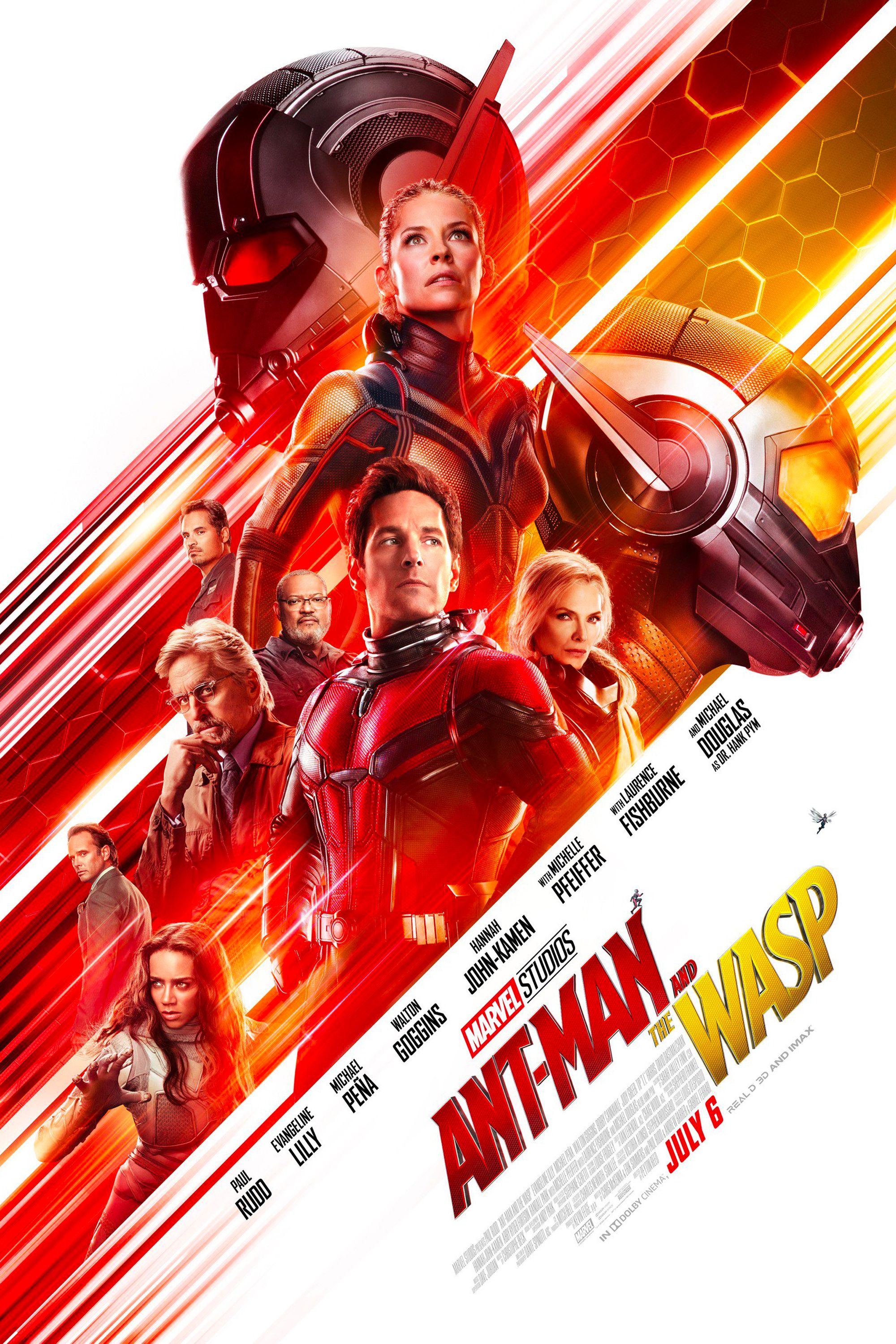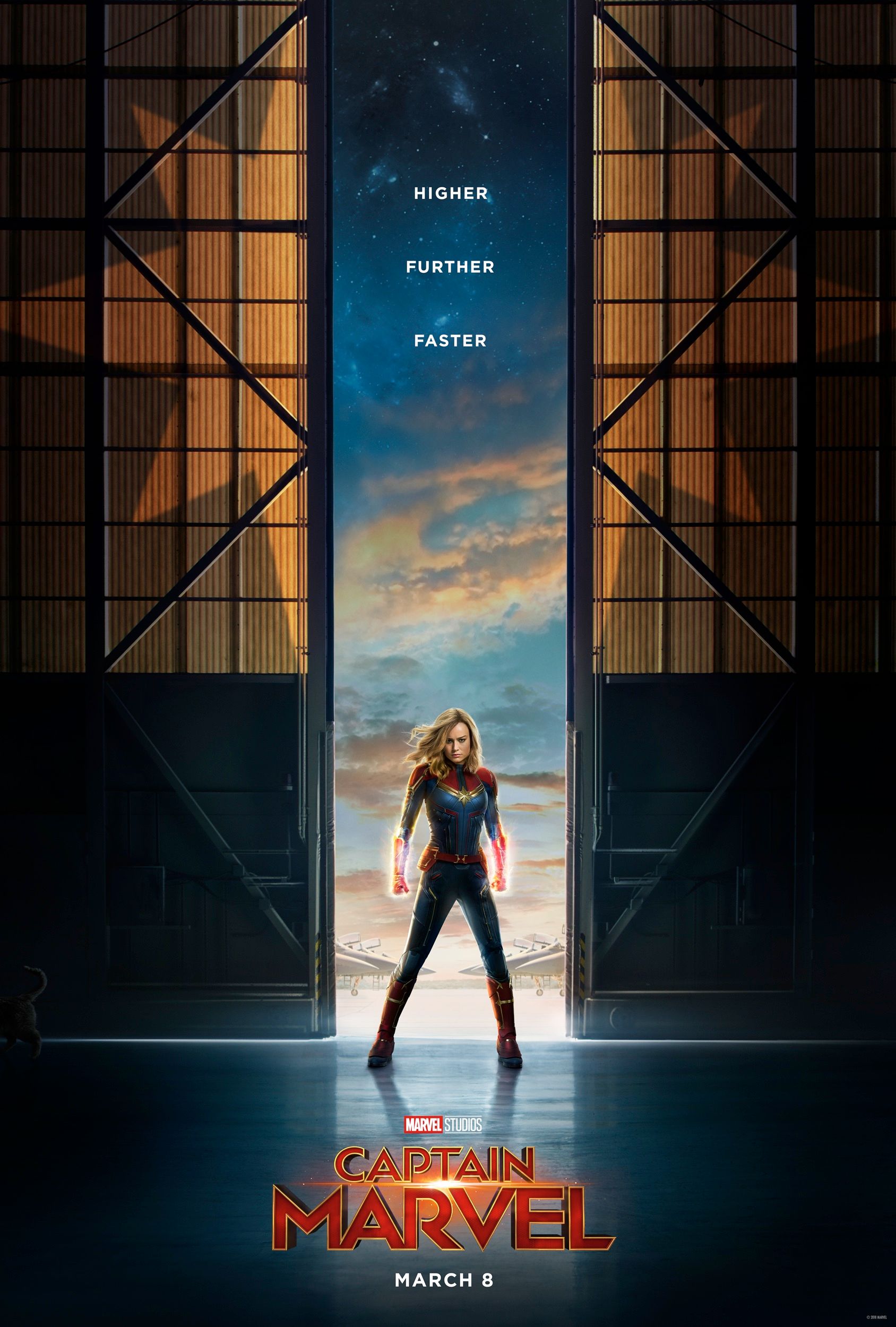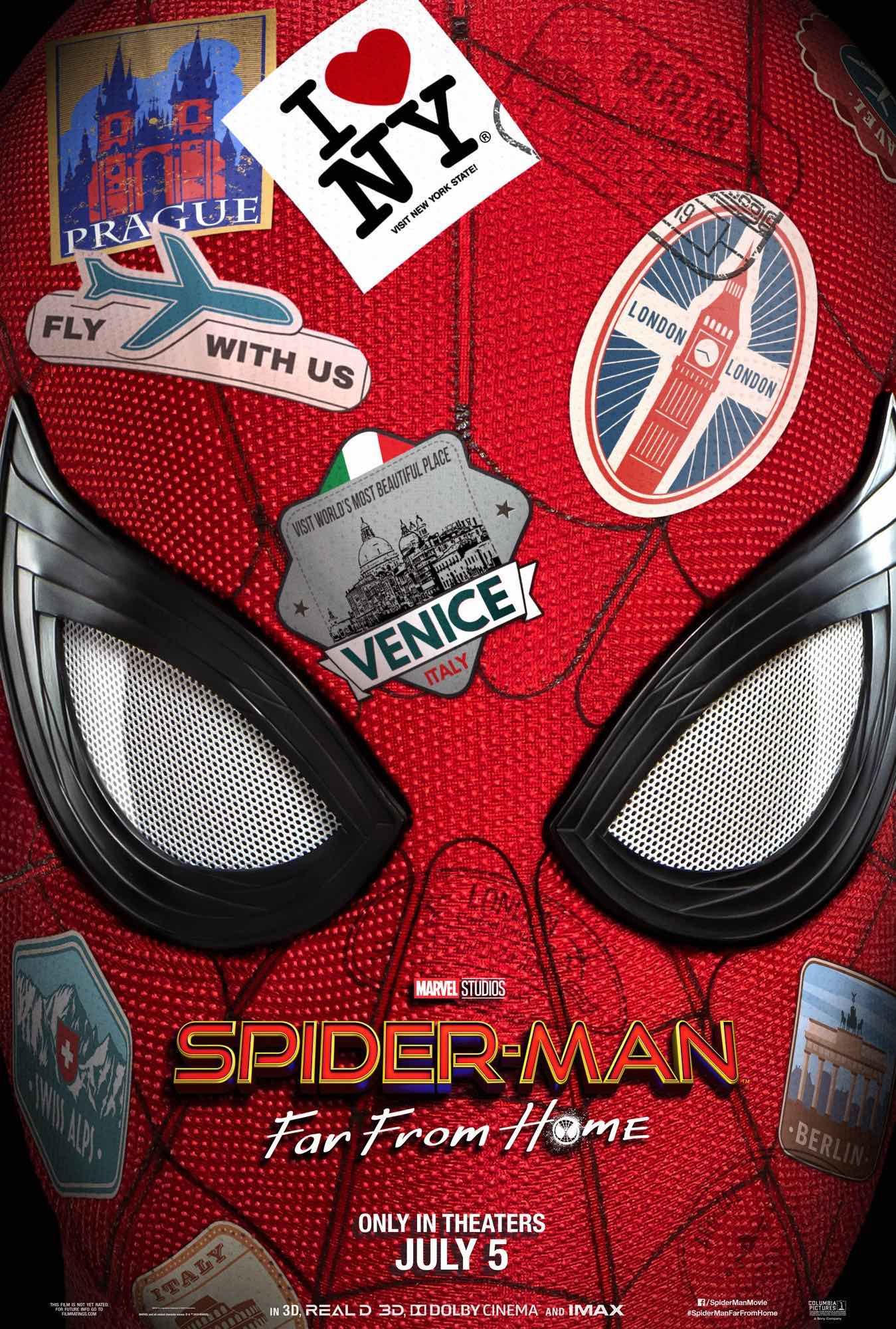Thor: Ragnarok not only marks the culmination of the journey for the God of Thunder across his first set of films, but weaves in and out the story of Thor, Loki, Hulk, Odin, and Asgard across the MCU so far. With director Taika Waititi bringing his idiosyncratic vision to the property, the movie marks something of a new starting point for many of the characters as well.
We’ve heard that, rather than make Thor 4, Waititi wants to make Ragnarok 2. Furthermore, we know Thor 3 kicks off a new trilogy for Hulk that will play out in Avengers: Infinity War and Avengers 4. So while many of the characters in Marvel’s most recent film aren’t new, they’re given very different arcs and even personalities in Thor: Ragnarok. As such, there are naturally some deviations from the source material. That’s especially true for all the new heroes and villains that Waititi and the writers of Thor 3 manage to work into the film, some of which will likely be sticking around the MCU for a while.
Though the minds behind the film did a great job incorporating a number of arcs and stories from the comics, Thor: Ragnarok and the MCU as a whole have made plenty of changes from the page. Here’s How 15 Characters Compare to the Comics.
Hela
Like many Marvel characters, Hela was written by Stan Lee. Similarly, cosmic mastermind Jack Kirby designed the character.
Hela debuted in 1964’s Journey into Mystery #102 and is a powerful being who serves as the Queen of Hel. While her look is dead-on from the comics, it’s not clear if all of her powers carry over. Typically, she can do everything from teleport to end and create life, and her use of magic seems to be changed to infinite weapon creation in the film. She’s also said to be Odin’s first child, whereas in the comics she’s the daughter of a frost giant and Loki (when he travels back in time, naturally).
Instead, she essentially takes the place of Angela, Thor and Loki’s sister who was kidnapped by the exiled Angels of the Tenth Realm.
Surtur
Fans have long been hoping to see Thor face Surtur, the fiery lord of Muspelheim. Though he’s not the big bad, his look and powers are pulled straight from the comic and he gets two seriously epic scenes in Thor 3.
Voiced by Clancy Brown, the cinematic Surtur is part of the fabled Ragnarok, just like in the comics. Created by Lee and Kirby, his comic counterpart appeared in 1963’s Journey into Mystery #99 after a cameo two issues earlier. Since then, he’s regularly come to blows with Thor and could easily do the same in future MCU films.
Like a number of Thor characters, he’s also based on Norse mythological figure. In this case, it’s Surtr, a troll-like being who does battle with the gods using his flaming sword and plays a major role in Ragnarok.
Grandmaster
Despite the Grandmaster seeming like a character pulled right from the mind of Jeff Goldblum, he’s actually a long-standing comic book villain.
Like his brother the Collector (played by Benicio del Toro in Guardians of the Galaxy), the Grandmaster is an Eternal and possess untold power. As his name implies, he prefers to play games with the cosmos, regularly plucking heroes and villains from across time and space to compete in his Contest of Champions.
In the film, most of his M.O. remains, though Sakaar and its gladiator pits become his playing field. The character also loses his blue skin, which he’s had since his debut in 1969’s The Avengers #69.
Though his fate seems sealed at the end of Thor: Ragnarok, Kevin Feige has said he’d love to see the Grandmaster and the Collector join forces in a future movie.
Odin
We don’t get to see much of Odin in Thor 3, and even some of that is actually Loki in disguise. Still, there’s some key differences between his incarnation in Waititi’s film and in the comics.
Based on the king of the gods from Norse mythology, the Odin from the comics, and the MCU all share a lot in common. There’s the eye-patch, the ruling of Asgard, the untold power, and the two ravens that serve as his spies. In the comics, however, Odin has been a royal pain since his debut in 1962’s Journey into Mystery #85 by Lee and Kirby.
The MCU Odin can be stern, but he’s regularly shown to be a loving father underneath. In fact, he’s downright genial as he says goodbye to his kids. But the Odin in the comics is neither understanding nor warm to his children. A powerful warrior prone to rage and wrath, the Odin on the page is more like the All-Father Hela describes from her memories.
Hulk
We’ve seen a lot of the Hulk and Bruce Banner in the MCU, but Thor: Ragnarok offers a number of elements of the character out of his Planet Hulk incarnation.
Written by Greg Pak, the Planet Hulk story played out between 2006–07 and saw the character sent off world by the Illuminati following a rage-filled attack on Las Vegas. Eventually, he winds up on Sakaar and becomes the star gladiator in the planet’s brutal competition.
Though the reasoning was different, a lot of the general ideas from the storyline play out in Thor 3. Naturally, many of the smaller moments aren’t included— like Hulk’s love interest and eventual son. Instead, we get to see a new side of Bruce Banner that’s unlike anything we’ve witnessed in the comics.
Still, the split between Hulk and Banner and the evolution of the other guy’s intelligence has been explored many times in the past.
Korg
Korg was first named in the Planet Hulk storyline, but his race, the Kronans, dates back to 1962’s Journey into Mystery #83.
After his people tried to invade Earth and were stopped by Thor, Korg ended up on Sakaar in the Red King’s gladiator matches. Though he’s yellow in the comics, his overall look is fairly similar to the page and the Kronan that appeared in Thor: The Dark World.
In Ragnarok, he’s brought to life by Waititi himself, adding his usual brand of humor to the film. Korg steals many of the best moments in the movie and even gets to rebel against the games with his fellow slaves like in the comics.Though many moments from Planet Hulk didn’t make it to Thor 3, one of Korg’s companions did.
Miek
Like Korg, Miek debuted in 2006’s The Incredible Hulk #92 as a gladiator on Sakaar during the Planet Hulk story. We don’t know much about him in the film, but in the comics he’s a native to Sakaar and an insectoid as Korg points out. On the page, Miek appears as more of a humanoid insect, but Ragnarok switches up his design a bit.
In the film, he’s a grub-like creature whose body is mostly cybernetic parts. Thanks to mechanical legs and his signature blade arms, he takes on an appearance closer to his look in the source material. And while we don’t get much out of the character besides some sweet moves, Feige has confirmed both Korg and Miek will show up in future Marvel movies.
Loki
We’ve seen Loki a number of times before in the MCU, and Ragnarok doesn’t do much to radically change the character. In fact, Thor even points out how he’s one of the few static characters he knows.
While this may be a subtle sort of commentary on how much Thor and Hulk differ in Ragnarok versus other films, it actually points to one of the chief issues with Loki in the MCU: he’s not very similar to the comics.
On the surface, the Loki on the screen matches his comic and mythological counterpart as a trickster and caster of illusions. The Loki in the comics, however, is a fascinatingly complex character who has shifted identities, genders, ages, and regularly alters time and reality. We’ve seen some of that play out in the films, but Loki is usually presented a duplicitous snake who’s easily thwarted by Thor.
Sure, he always ends things with one more scheme, but we’ve yet to see the sheer byzantine nature of Loki’s twisted machinations from the comics.
Topaz
Topaz is an example of something unusually common when it comes to comic book films and shows: the name-only adaptation.
Played by frequent Waititi collaborator Rachel House, Topaz in Thor: Ragnarok is the Grandmaster’s right hand and general. She’s both a formidable warrior and an enemy of Valkyrie, and House’s performance is a great contrast to Goldblum’s Grandmaster. In the comics, however, Topaz is wildly different.
Debuting in 1974’s Werewolf by Night #13, Topaz is an Indian sorcerer with powers of empathy, telepathy, and all sorts of dark magic. All told, she’s a relatively obscure character with no connection to any of the heroes or villains in Thor 3.
Why the minds behind Ragnarok decided to include her and completely alter her is unclear, but it’s doubtful there are any hardcore Topaz fans who will be miffed.
The Warriors Three
Though Lady Sif oddly sits out of Ragnarok, it’s probably for the best considering what happens to Thor’s other friends.
While Hogun the Grim, Fandral the Dashing, and Volstagg the Voluminous had a larger role in the first Thor film, their part in The Dark World was seriously diminished along with Sif's.
In Thor 3, Volstagg merely gets to turn Heimdall’s sword before Hela kills him, with Fandral dying with even less screen time. Hogun at least gets to put up a bit of a fight before dying, but the film basically just cleans house when it comes to these characters.
While they’re all still alive in the comics, most everything else about the characters remains true to the page. Both their personalities and costumes are plucked straight from the source material, and the trio have been fighting at Thor’s side since they debuted in 1965’s Journey into Mystery #119 by Lee and Kirby.
Skurge the Executioner
Created by Lee and Kirby, the Executioner debuted in 1964’s Journey into Mystery #103 as a villain. Armed with an enchanted axe, Skurge was a member of the original Masters of Evil and has regularly thrown down against fellow Asgardian Thor. He’s also well-known for being in love with Amora the Enchantress, following along in her schemes.
In Ragnarok, he’s something of an Asgardian everyman who falls in reluctantly with Hela. Though given an axe like he has in the comics, he casts it aside for a pair of assault rifles in a nod to his redemption arc in the comics. After going to Hel, the comics version of Skurge ends up sacrificing his axe and then his life while using his guns to hold of hordes of evil minions.
Though many of the circumstances and his backstory are changed, Thor 3 manages to condense Skurge’s history into his film arc.
Fenris
Like many of the characters in the film and Thor’s pantheon, the Fenris Wolf was adapted from Norse mythology by Lee and Kirby and appeared in the ‘60s run of Journey into Mystery. Oddly, it’s one of two Fenrises in Marvel comics - the other being the combined von Strucker kids. Meanwhile, the actual mythological beast is known as Fenrir, but he does play a role in Ragnarok.
In mythology, he’s the son of Loki and is destined to kill Odin. In the comics, Loki and a giantess somehow birth the wolf and Fenris is at Loki’s side when he brings about Ragnarok.
Again, the movie conflates a number of these events and makes Fenris the steed and companion of Hela. Still, it plays a similar role in fighting the Asgardians as they try to prevent Ragnarok.
Heimdall
Based on Heimdallr from Norse mythology, Heimdall is an all-seeing and -hearing being who lives on the Bifrost. These traits are shared in common across his incarnations, with the twist that the mythological Heimdallr actually keeps watch for the coming of Ragnarok.
While it’s alluded to in Thor 3 that Heimdall does sense something coming, it’s not clear that it’s Ragnarok. Either way, he has his role to play.
Created by Lee, Kirby, and Larry Lieber in 1962, Heimdall is the brother of Lady Sif. Though all of his powers remain in the films, this bit of lore was excised along with his more cantankerous attitude. The Heimdall of the MCU is also far more stoic, better befitting his role as a virtuous guardian who sees and hears all.
Valkyrie
Like their mythological counterparts, the Valkyrie in Marvel Comics are elite female warriors who ride winged horses and pull the wounded from the battlefield and bring them to Valhalla.
In Ragnarok, much of their look remains but their role as bearers of the fallen seems to have been removed. Instead, they’re merely an elite task force, a part they’ve also played in the comics.
The main Valkyrie that we meet shares much in common with Brunhilde in the comics, also known as the superhero Valkyrie. It’s been said, however, that Tessa Thompson is actually playing a different Valkyrie, though many of her skills and attributes remain the same.
As for Brunhilde, many have summarized she’s the blonde Valkyrie we see die in a flashback, who Thompson believes was her character’s lover. This too is a nod to the comics, and hopefully something we’ll see more of in the future.
Thor
While the Thor in Ragnarok is a continuation of the character we’ve seen for years in the MCU, there are a number of similarities between what happens to him in the movie and the comics. Chief among them are his losses of Mjolnir, his long hair, and his eye.
During the Original Sin event a few years back, Thor heard a secret that rendered him unworthy to lift Mjolnir. A new Thor would emerge when Jane Foster gained the hammer, while the original Thor became the Odinson. Though missing an arm, this shorter-haired Thor lacking Mjolnir greatly resembles the Thor in Ragnarok.
The chief change, however, is his more upbeat attitude, as the unworthy version of Thor is more surly than ever. Eventually, he takes up his previous weapon, the great axe Jarnbjorn which is said to be what Thor will use in Infinity War.
There’s even a future version of Thor that’s the king of Asgard and missing an eye, alluded to in the events of Ragnarok.
---
Which character changes did you like the most in Thor: Ragnarok? Which were your least favorite? Let us know in the comments!

